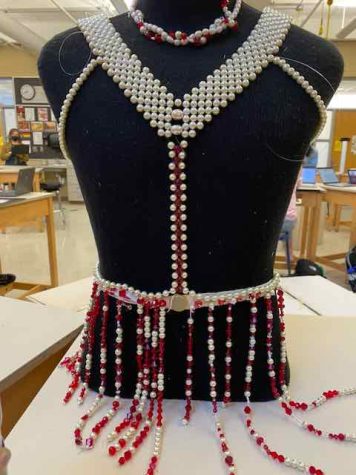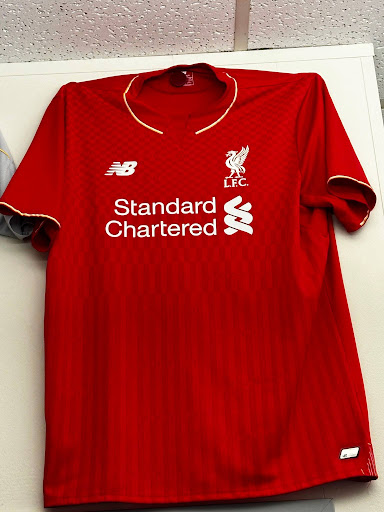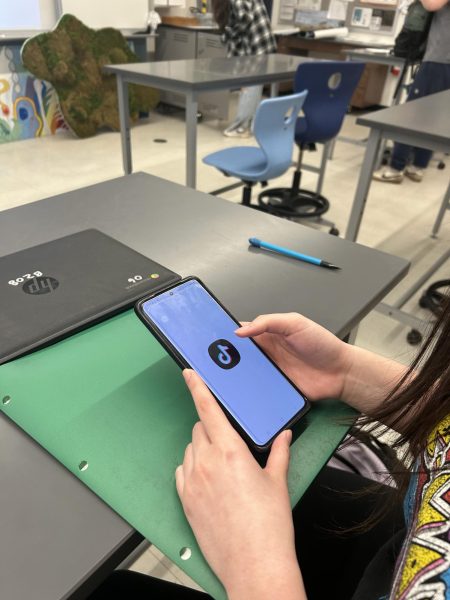Cultural Representation through Costume Design in Modern Media
Costumes are the physical representation of a character and can hint at the mood, theme, and a character’s self. Costumes have historically been a part of theater and film, and with new modern media comes an aspect that is ever so important to people around the world: proper cultural representation.
Seeing yourself represented on screen is an unbelievable feeling. Sydney Martin, a senior at Hall High school, told me in our interview that “as a queer person, I think that seeing more characters that are a part of that community is amazing, and seeing queer designers bring a lot of wonderful and unique costumes to life is something that is an incredible thing to see.” and Sydney is not alone, with 80% of people from underrepresented communities that said that they would like to see better representation in tv shows and movies in a survey given by Viacom CBS.
There are, however, new movies that have been pushing the boundaries of representation and offering new takes into the world of costume design.

In Black Panther, the bright and beautiful costumes offer on-screen representation made by the designer Ruth E Carter. When talking about her career in an interview for British Vogue, Ruth explains that she feels like she has been designing superheroes her whole life; “Malcolm X was a superhero. Tina Turner was a superhero. Martin Luther King was a superhero.” said Ruth, as we continue to learn more about her other projects. Vogue states that Ruth has designed more projects that are African-American historic films/ shows than any other designer.
Ruth managed a team of people around the globe; designers, craftsmen, and jewelry makers. All of them made her vision come to life. When explaining her decision to utilize aspects from different cultures, Ruth told British Vogue that “Because the culture that [director] Ryan Coogler created is unique, I could combine elements of many African tribes – including the color red, the triangle shape, neck rings, and beadwork – without worrying about cultural appropriation.”
Ruth was hoping to bring people a real insight into African culture, one that is not unrealistic, one that gives people hope.
And she is not the only designer bringing culture to the big screen. In the newest A24 Studios movie, ‘Everything Everywhere All at Once” designer Shirley Kurata created a multiverse of her own with unique, timeless, and modern designs.
“I think it’s so rare that you get to experience the scope of range within one character in one movie,” says Stephanie Hsu, who plays Joy/ Jobu Tupaki in the film in an interview for the New York Times. Stephanie played two characters, Joy and Jobu, which required an intense range that goes between deep depression and raging, technicolor mania.
When I asked Sydney martin, A senior at Hall High school if they agreed on whether this amount of costumes was necessary for the characterization of Joy to work, they said that “It can be a ![]()
a unique choice that can make a character really come alive as a part of the story, so I would say that depending on what you are trying to communicate through the costumes, something like that can absolutely be an option.”

This range was indeed achieved by Shirley, who spoke about her inspirations and color choices in a slash film interview. Shirley says that “Yes, Color is really important, especially like Chinese New Year, red is the color that they wear, generally, in celebrating it. I felt like I didn’t want Joy to be in a full-on red thing, because I think she’s rebelling against the whole family dynamic. There are hints of it. It’s like red-orange. I wanted to show that disconnect from that.”
To her, color palettes are also a way to distinguish between all of the universes, she spoke about how she used pink and brown beige colors for one of them where it needed to be very muted and emotional [and yes, people have hot dogs for fingers]
The thought designers put behind their costumes has historically been recognized, yet the new wave including POC offers this recognition to the people whose culture is being represented. E. Carter even won an Academy Award for her work in the movie, Black Panther. And now that more BIPOC (Black Indigenous People Of Color) are being recognized for their work, there may be a long road ahead, but hopefully, there continues to be a light shining where it has not been in quite some time.





